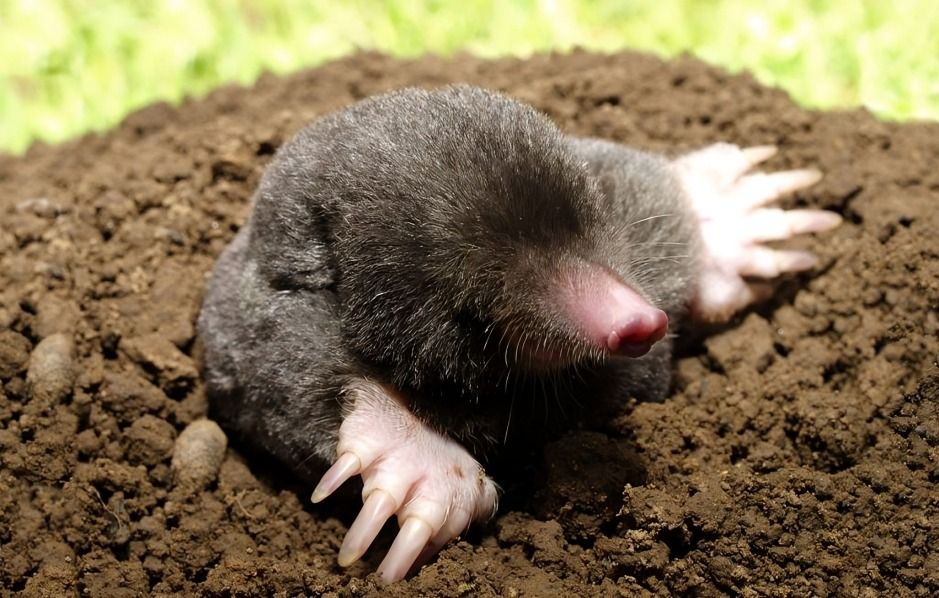
“
Explore sensory organ nose facts! Our noses are fascinating and essential parts of our anatomy, playing a crucial role in our ability to detect and enjoy a myriad of scents. From the aroma of delicious food to the fresh smell of rain, our sense of smell enriches our lives in many ways. In this blog, we'll explore 20 intriguing facts about the nose as a sensory organ. You'll discover how the nose works, why smell is important, and some fun and surprising details about this amazing sense. So, let's dive into the wonderful world of sensory organ nose facts and uncover the secrets of our sense of smell!1
1
”
Scientists estimate that humans can distinguish between at least 1 trillion different scents, highlighting the remarkable sensitivity and diversity of our sense of smell. This incredible range allows us to detect an array of odors.1
Research shows that women typically have a sharper sense of smell than men, especially during certain menstrual cycle phases. This heightened sensitivity can affect food preferences and emotional responses in daily life.2
Humans don't actually smell with their noses; it's the brain that does the work. Over 10 million olfactory nerves in your nose capture scents and send them to the brain, where the smells are identified. The nose is just the messenger!3
Madeline Albrecht worked for 15 years at Hill Top Research Laboratories in Cincinnati, Ohio, a testing lab for Dr. Scholl's products. During her career, she had the unique task of smelling thousands of feet and armpits.4

A significant portion of what we perceive as taste actually comes from our sense of smell. Without this crucial component, distinguishing flavors like those of fruits or coffee would be much more challenging and less enjoyable.
Recent studies suggest that changes in a person’s body odor can sometimes indicate underlying health conditions. For example, diseases such as diabetes or liver failure can alter body odor, which trained medical professionals might detect.5
There are at least 14 different forms of the human nose, each unique in shape. These variations can influence how we perceive scents and sounds. The diversity of nose shapes highlights the complexity of human anatomy.6
A dog's sense of smell is astonishingly more sensitive than that of humans, estimated to be 10,000 to 100,000 times better. This superior olfactory ability enables dogs to excel in tracking, search and rescue operations, and even detecting certain diseases.7
Among the smelliest substances on Earth are the manmade "Who-Me?" and "US Government Standard Bathroom Malodor," which contain five and eight chemical ingredients, respectively. 8
The shape and size of the nose can impact how smells are perceived, with larger noses potentially offering more surface area for detecting scents. This anatomical variation contributes to individual differences in olfactory sensitivity.9
You produce more mucus than you might realize—about 34 ounces, or one liter, each day. Luckily, this mucus doesn't usually pour out from your nose. Instead, most of it drips down your throat, thanks to post-nasal drip.10
The earliest known nose surgery dates back to ancient India, around 600 BCE. Sushruta, an early surgeon, described techniques for rhinoplasty, or nose reconstruction, using skin grafts.11
The sense of smell is closely linked to the sense of taste. When you have a cold and your nose is blocked, food often seems tasteless because smell plays a significant role in flavor perception.12

Babies are born with a fully functional sense of smell and can recognize their mother’s scent almost immediately after birth. This early recognition is vital for bonding and establishing a nurturing relationship.

Moles have an extremely sensitive nose that helps them navigate underground. Their nose is so sensitive that they can detect the faintest vibrations and changes in the soil, helping them find food in the dark.
Some smells that the nose cannot detect can be fatal. These odorless dangers include harmful gasses like carbon monoxide and certain toxic chemicals. 13
Businesses use scent marketing as a strategic tool to influence consumer behavior, employing pleasant aromas in stores or hotels to enhance the customer experience. This technique can create a positive atmosphere and encourage spending.14
As we age, our sense of smell may decline due to changes in nasal tissue and olfactory nerves. This gradual decrease can impact our ability to detect and enjoy various scents and flavors.15
Some animals, such as dogs and cats, use their sense of smell to communicate through scent marking. This behavior helps them establish territory and convey information to other animals.16
Scientists are developing electronic noses, or e-noses, that can detect and identify odors with increasing accuracy. These devices have applications in various fields, from food quality control to medical diagnostics.17


